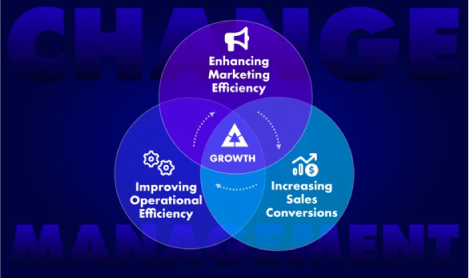Veterinary practices today face numerous challenges, including intense competition, high barriers to entry, and the pressing need for continuous technological updates. In this dynamic environment, conversational AI offers a beacon of opportunity, enhancing operational efficiency, improving customer engagement, and ensuring a competitive edge.
Challenges in the Veterinary Industry
The veterinary sector is beset with unique challenges:
- High Competition: The influx of new veterinary practices and the expansion of corporate veterinary chains, which use economies of scale to offer lower prices and broader services, intensifies competition.
- Technological Advancements: Keeping pace with the latest medical technologies is crucial but financially burdensome for smaller practices. This category includes advanced diagnostic tools and sophisticated practice management software.
- Regulatory Hurdles: Veterinary practices must navigate a complex web of state and federal regulations that vary widely and significantly impact operational and practice scope.
- Barriers to Entry and Operational Costs: The substantial initial investment required for medical equipment, coupled with ongoing costs for supplies and staff training, poses a significant challenge for new entrants and strains the resources of established practices.
Leveraging Conversational AI
Conversational AI can help veterinary practices effectively address these challenges:
- Enhancing Customer Service: AI chatbots can handle appointments, reminders, and basic inquiries 24/7, freeing up staff for more complex tasks and boosting client satisfaction with instant responses.
- Streamlining Operations: AI can automate routine administrative tasks such as data entry, billing, and record-keeping, reducing staff workload and minimizing errors associated with manual processes, thus enhancing operational efficiency.
- Improving Access to Information: AI-driven systems provide veterinarians with quick access to extensive databases of veterinary medicine, treatment protocols, and drug interactions, essential for improving the quality of care during consultations.
- Cost Management: By automating administrative tasks and optimizing scheduling, conversational AI not only reduces operational costs but also helps manage inventory more efficiently, alerting practices when supplies are low to ensure that resources are utilized effectively.
- Client Retention and Marketing: AI can analyze data from customer interactions to identify patterns and preferences, allowing practices to tailor marketing strategies and improve client retention. This could involve adjusting service offerings based on the popularity of certain treatments.
In the highly competitive field of veterinary medicine, leveraging the right technologies can significantly impact a practice’s success. Conversational AI not only addresses specific operational challenges but also enhances the overall quality of service, making practices more responsive to the needs of their clients and their pets. By integrating AI into their operations, veterinary practices can better navigate the complexities of the market and position themselves for success in an increasingly digital future.















 A few minutes can change everything.
A few minutes can change everything.